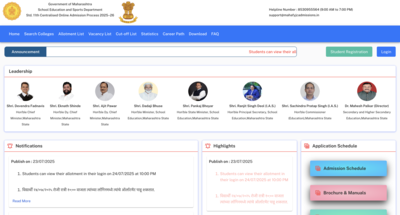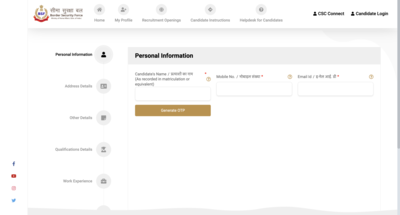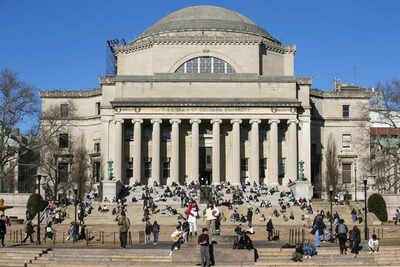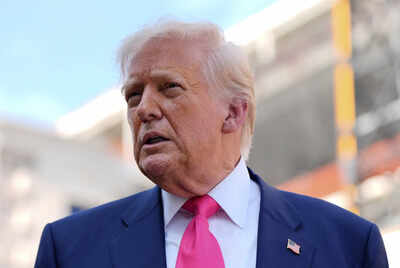US student visa capacity reduced in India amid new online screening norms: Will more slots be enough to ease the panic?
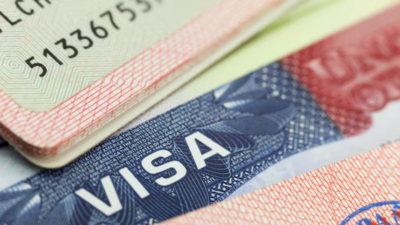
As the fall semester draws near, thousands of Indian students aiming to begin their studies in the United States are caught in a frustrating and uncertain situation. The US embassy and its consulates in India have reduced their student visa processing capacity, citing new security protocols introduced by the US administration on June 18, 2025. These include enhanced screening and vetting mechanisms, particularly focusing on applicants’ online activity and digital presence.The result: widespread delays, booking difficulties, and rising anxiety. While the US embassy has promised to open additional appointment slots through August, there are growing concerns over whether these efforts will be sufficient to address the massive demand before classes commence.
What changed in June 2025?
The new security protocols rolled out in mid-June introduced tighter vetting of all student visa applications, particularly in F and M categories. These involve:
- Comprehensive review of applicants’ social media histories
- Expanded digital footprint analysis
- Additional documentation and verification layers
Although these measures are aimed at enhancing national security, they have drastically slowed down processing times. Consulates are now conducting more in-depth reviews, resulting in longer turnaround times and reduced daily appointment volumes.
How students are affected
The reduced capacity, combined with high seasonal demand, has created a significant backlog. Students across India are experiencing:
- Non-availability of appointment slots in key cities
- Interview dates pushed beyond university start dates
- Increased administrative delays and unclear status updates
- Reports of unexpected entry denials and visa rejections
Some visa categories are witnessing wait times of up to 400 days. This has forced students to consider deferring their admissions or making last-minute travel arrangements — both financially and emotionally taxing outcomes for families who have invested heavily in overseas education.
Embassy response and immediate steps
Acknowledging the backlog, the US embassy has stated that student visa appointments remain technically open and that additional interview slots will be released until the end of August 2025. A student visa FAQ fact sheet is also being prepared to help applicants understand the process better.However, with limited staff and tighter checks in place, the scale of relief these new slots will offer remains uncertain. Students are being advised to closely monitor the official US embassy and consulate websites and book available appointments promptly.
India’s diplomatic intervention
The Ministry of External Affairs (MEA) has confirmed that it has received multiple complaints from students and parents. The issue has been formally raised with US officials in both bilateral and multilateral discussions. India has emphasised that such delays not only disrupt students’ academic futures but also affect people-to-people ties and educational cooperation between the two countries.While the MEA recognises that visa decisions fall under the sovereign authority of the United States, it continues to press for transparency, faster access, and adequate slot availability for Indian students — who make up one of the largest international student groups in the US.
Will additional slots solve the crisis?
While the embassy’s promise of additional appointments is a welcome move, it may not be enough to resolve the deeper challenges. The combination of heightened security vetting, reduced processing speed, and soaring demand has created a situation that cannot be fully addressed through slot expansion alone.Many students remain at risk of missing program start dates, losing scholarships, or being forced to defer to the next academic cycle. Unless structural improvements are made to visa operations or the new rules are better explained and streamlined, the panic is unlikely to subside anytime soon.The ongoing student visa bottleneck is not just a short-term logistical hurdle — it’s a critical test of the US-India education corridor. The surge in outbound Indian students reflects growing educational ambitions and global aspirations. For the US, addressing these challenges swiftly and fairly will be essential to maintain its position as a top destination for Indian talent. For students, the clock is ticking.TOI Education is on WhatsApp now. Follow us here.


